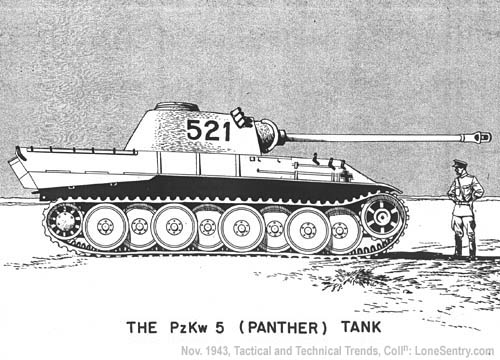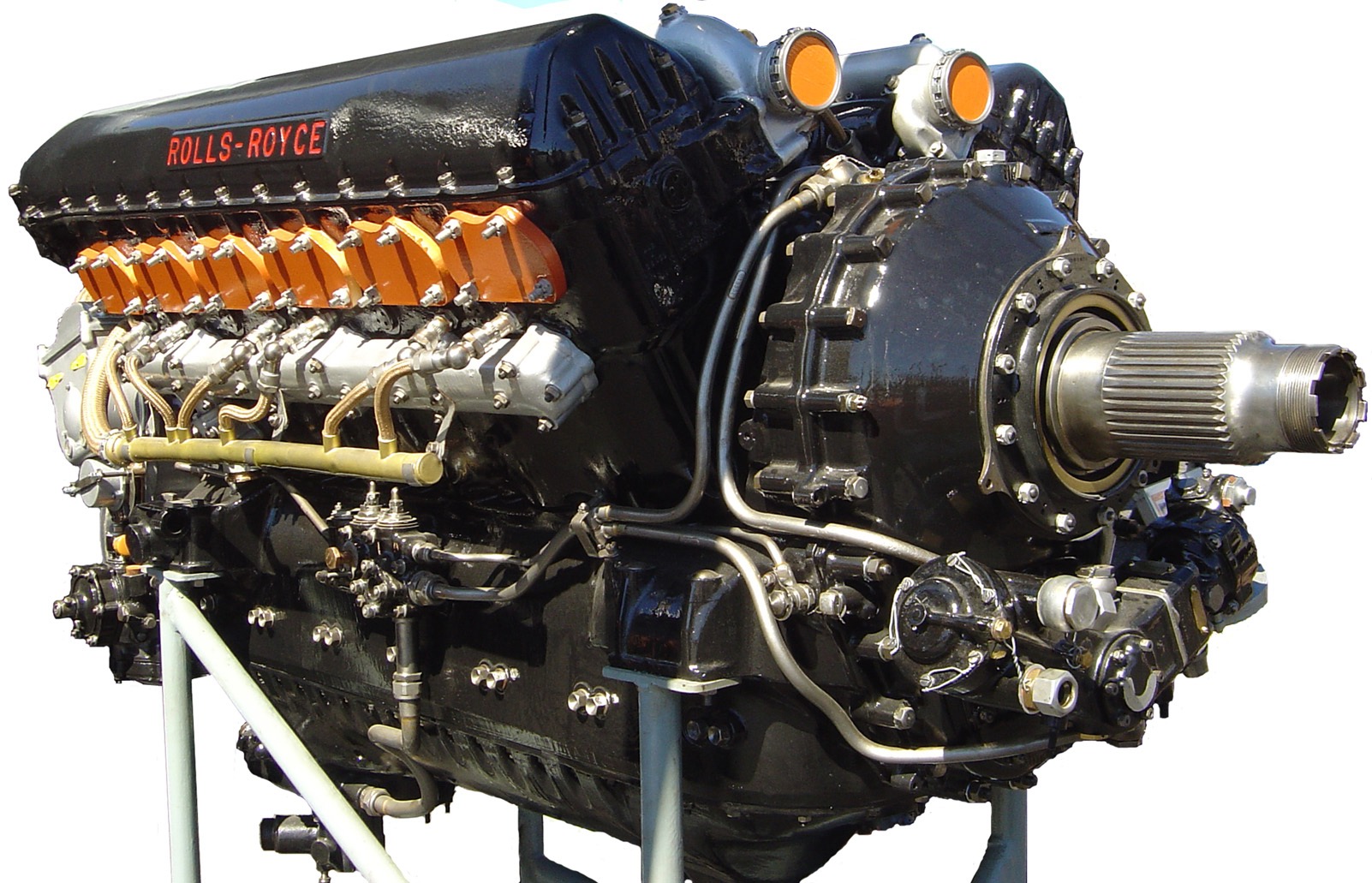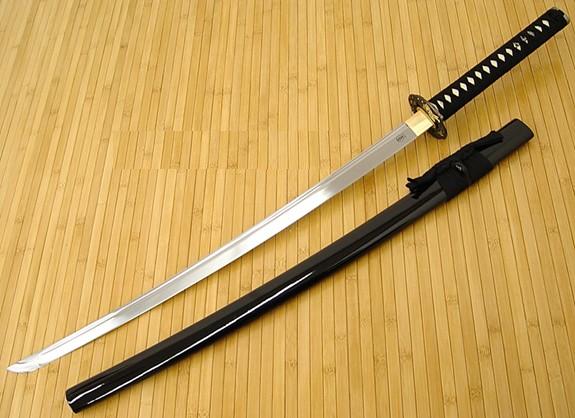It's true that beauty, like truth and contact lenses, lays in the eye of the beholder. We have constructed much in the way of beautiful ritual and such around death and dying in our society, as have most peoples on earth. Some of the finest art, music, writing and so on have been inspired by grief or notions of the end of life - and what may happen next. These are not really the subject of this post. Nor is the DEATH of Terry Pratchett novels. Although a scythe shall be my first example.
The scythe. Form follows function.
Style is a happy by-product.
I was a war nerd as a kid, into toy soldiers and so forth, but more into history and strategy and the science of warlike stuff. Of every age from the dawn of mankind up to the present. Everyone has known a boy (they're usually boys) like that, I guess. Naturally, some of the fascination stays with you.
One thing I started to wonder about as I grew older was why I was more attracted to some sorts of weapons over others. I can explain psychologically why I liked tanks - at times I felt vulnerable and emasculated as a child so the notion of some impenetrable shell with a huge fuck-off gun was an obvious symbolic remedy - but why did I so much prefer, say, a Panzer V to a Sherman? It's not just that it was a better tank (which it clearly was) but that it had a certain purposeful style that the more mundane and utilitarian Sherman just lacked.
Check out the racing lines. Sadly for political correctness in my childhood I noticed the Germans had far tastier uniform aesthetics too, especially the Afrika Korps.
Truth, beauty and contact lenses; subjective, yes. But fighting men (let's just use the male gender for this post for ease of handling, OK?) have always wanted their weapons to be beautiful. Strange, when you think about it. You'd think that the most important thing was its effectiveness as a tool of death, as a killing implement, and that looks would be very much secondary. But perhaps, the beauty aspect was part of a sense of a weapon's power.
The Spitfire did not win the battle of Britain. Sorry, but it's true. In terms of numbers available and effectiveness in the battle the Spitfire was at that moment in time far overshadowed by the excellent Hawker Hurricane. Certainly the Supermarine Spitfire evolved into a magnificent killing machine, and as such became the 'hero plane' of the RAF; which is probably why its role in July to September 1940 became so overstated in public memory. Plus, it is one of the most achingly beautiful, purposeful-looking (and sounding) aircraft ever designed by man.
Supermarine Spitfire Mk VXI
Even its engine is sexy, if you like engines.
The legendary Rolls-Royce Merlin engine.
Perhaps some of the Spitty's looks come from the fact the she was derived from a pre-war racing plane, and used to have floats instead of an undercarriage. So the original design was about speed and efficiency - but then again, it's what you want from a fighter plane too. There were an uncountable variety of planes produced during WW2, and many were indeed lookers, but most - just as can be said for all the various weaponry used in the conflict - were not.
Over time, what I started to put together was that the most effective, the best varieties of killing implement tended to share the fact that they were also more stylish and aesthetically pleasing than their less-effective counterparts.
Why should this be so?
Maybe we can consider something really simple to explore this question. How about the humble sword? It's a basic thing, a stick of metal with one or two sharpened edges used to either slash or stab. For over 10 centuries it was pretty much the ne plus ultra of face-to-face combat, the world over. It developed in countless ways in response to the arms race of armour and other countermeasures, and was often a warrior's most prized and decorated personal item. I like swords, I even used to make a living selling them. Some are beautiful, most are not.
There is a style of sword however that I find always alluring in its simplicity. It just looks deadly. It is also probably the most effective cutting weapon ever made, to this day. It's the katana, from Japan.
Looks dangerous just lying there, doesn't it?
Famous originally as the sword of the samurai, although contrary to popular image the samurai in battle was primarily a horseback archer, a well-made and well-handled katana could cleave a person from shoulder to groin in a single stroke, and could have easily penetrated most western armour of the period. All down to a highly refined metalworking technique, a simple curve, and perfect ergonomics. For my mind it is the best example of beauty naturally occurring when form perfectly follows from function.
Yes, but again, why is it so?
Because nature is beautiful. Divine and/or Darwinian processes have time and again produced breathtakingly beautiful predators and killers in nature, and as I noted with weaponry, very often the most effective at violence are the most aesthetically appealing. Big cats, anyone? The sleek lines of the shark? So in order to channel the force of death upon our own species, it would follow that nature - which we are indisputably a part of - repeats its meme. Designers are part of nature too, and do not wish to create anything, regardless of its use, that is ugly.
As we have neared the current zenith of our destructive abilities, the forms have become perhaps entropic, returning to simpler and simpler designs, losing complexity, until we arrived back at the simplest of all. Perhaps not surprisingly, the phallus. For what else is a modern missile? Even the ubiquitous bullet is nothing more than this, delivered with all the speed and force able to be mustered. And we revere phalli in at least equal measure to the repulsion and fear we hold for them, do we not?
War and killing are ugly things, most of us would agree. But when we step back just a little and look at how even in this we have a need to create beauty, how we find that beauty makes even the act of destroying life in some way more (aesthetically at least) satisfying, we see that life - which I cannot separate from beauty - will always find its way forward.
So thank you R.J. Mitchell. Your most famous machine may have been used to end the lives of countless people, but you have given the world a great gift of beauty also, and showed us at least one small way to salve the horrors of our fratricide. Loving the beast.
Now, can I have a ride in a Spitfire please?
R.J. Mitchell, aeronautical engineer and designer of the Supermarine Spitfire. Nice work, mate.
.







Gets me thinking, this does. I too love the "Spitty" as somehow a reminder of simpler, cleaner and more honorable times. From building models, to drawing or gazing at pictures of them, it still is the most beautiful piece of machinery ever built. It always seemed so bizarre to me, that these WWII aircraft seemed to capture the spirit, personality and soul of the countries that built them. The German Messerschmitt bf-109, a blunt ,straight to the point, formidable and strangely sinister looking fighter...the American Mustang P51, the fastest, strongest, most visually striking, most punch for pound plane of the day.....and then of course the Spitfire. Understated, conservative, refined, with an element of classic beauty,class and elegant curves only a lover of his craft could design. Definately the surroundings of its conception defined her beautiful lines, but she looked just as good packing heat. A true lady gunslinger.
ReplyDeleteWell put indeed Matt. A true lady gunslinger. I had that thought about the bf 109 also, and more generally about the national characteristics of weaponry style. I guess it was before the age of multinational design houses, where cultures took more pride perhaps in a national aesthetic. I think of the Japanese Mitsubishi A6M (Zero) fighter, and the way it is reminiscent of everyday Japanese architecture of the time. Functional, using available materials, and with little thought for occupant safety. I shall think longer on this, thanks for the inspiration.
ReplyDeleteI saw the BF109 at the War museum, Canberra. It was so small! Just engine, guns and wings. I couldnt imagine juming in to one of those things. You'd have to be crazy.... And your observations of the zero are spot on. You opened up another train of thought for me on that one. Thx.
ReplyDelete